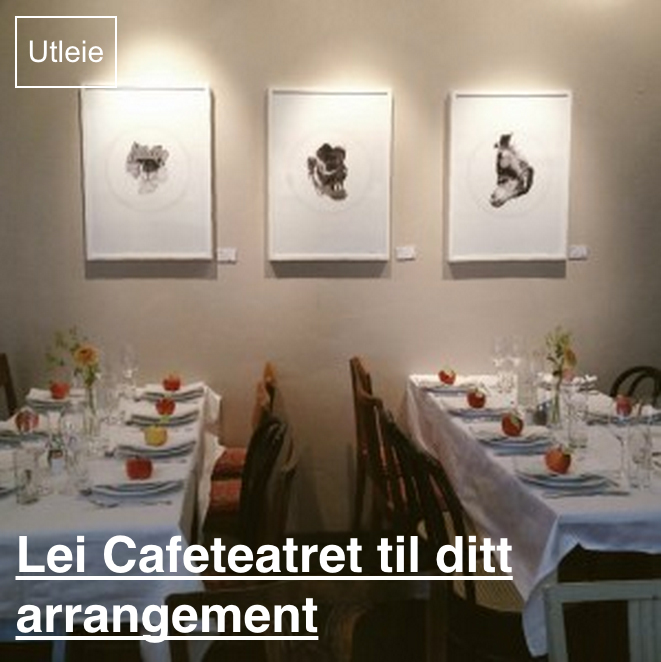Cássio Bomfim kommer til å holde en performance sammen med lokale skuespillere på Nordic Black Theatre 13. februar kl. 20:00 – gratis inngang – som en del av «Listening to the Echoes of the South Atlantic»
Listening to the Echoes of the South Atlantic
February 6 – April 5, 2020
Curated by Selene Wendt and developed in collaboration with Goethe-Institut, Oslo Kunstforening and Nordic Black Theatre.
Listening to the Echoes of the South Atlantic is an interdisciplinary exhibition that features the work of Cássio Bomfim, Jeannette Ehlers, Anita Ekman, Satch Hoyt, William Kentridge & Neo Muyanga, Dawit L. Petros, Nyugen E. Smith, and Camille Norment. The exhibition includes a combination of sound-based sculptures, videos, installations, and performances that convey the importance of sonic politics in relation to the entangled histories of the South Atlantic.
“SALVE EXU MOTOBOY!” is an artistic exploration that sparks rebellion against repressive social and religious systems and patronizing colonial aesthetics by shifting the symbolism and the stance of the characters. As a translinguistic process, “SALVE EXU MOTOBOY!” comprises a series of photos, videos, live narratives, and other forms of expression. The performance and the fashion collection presented on the streets of Berlin are accompanied by religious and contemporary funk carioca music.
The artist Cássio Bomfim devises a fictional cosmology by exploring the nuances and similarities between the codes, rituals, and archetypes of the Brazilian religion Umbanda. In the colonial era, the kingdoms of Portugal and Spain forbid all religious practices deviating from the Catholic Church. It was in this context that religious syncretism developed, which involved translating spiritual rituals, gods, and ritualistic acts of indigenous and African origin into Catholic codes, so as to ensure their continued existence and veneration. This phenomenon shaped the convoluted relations between Catholic saints and the Orishas, the Yoruban gods, and other African cosmological beliefs. Each Orisha became associated with a saint, or even several saints. The Exu, on the other hand, are messengers in the Candomblé religious tradition, who are called on to mediate between the material and immaterial worlds, establishing communication between the two sides. In Umbanda, the Exus play a pivotal role on streets, at cemeteries, and in road crossings. Cássio Bomfim engenders associations with the MOTOBOY figure, the contemporary protagonist of transport and communication in Brazil, basically an Exu in a new form.
The artist Cássio Bomfim uses fashion, performance, drama, photography, video, pedagogy, and urban occupations as tools to construct narratives and situations that encourage others to spread the word about individual autonomy, collective progress, and the dilution of historical and cultural stigmas. His interest in African-Brazilian, Christian, and Indian cultural and religious codes, northern Brazilian folklore and pop culture, in combination with contemporary methods and handcrafted processes, has resulted over the last ten years in a colourful and humour-filled, yet ritualistic and mystical universe built by him and his many collaborations.


